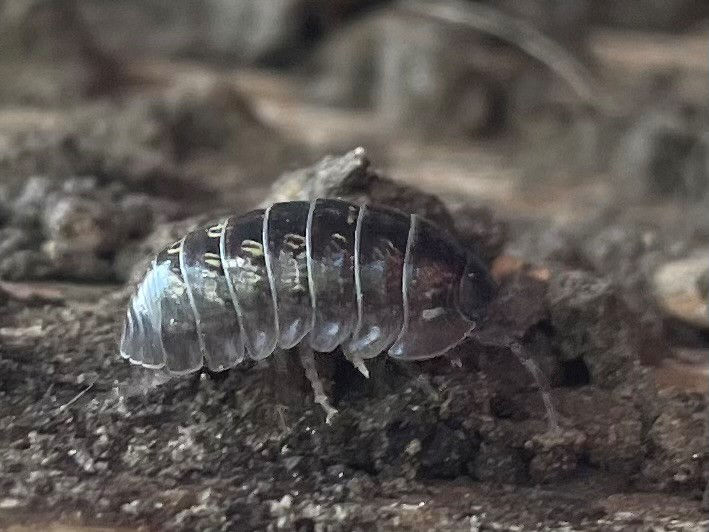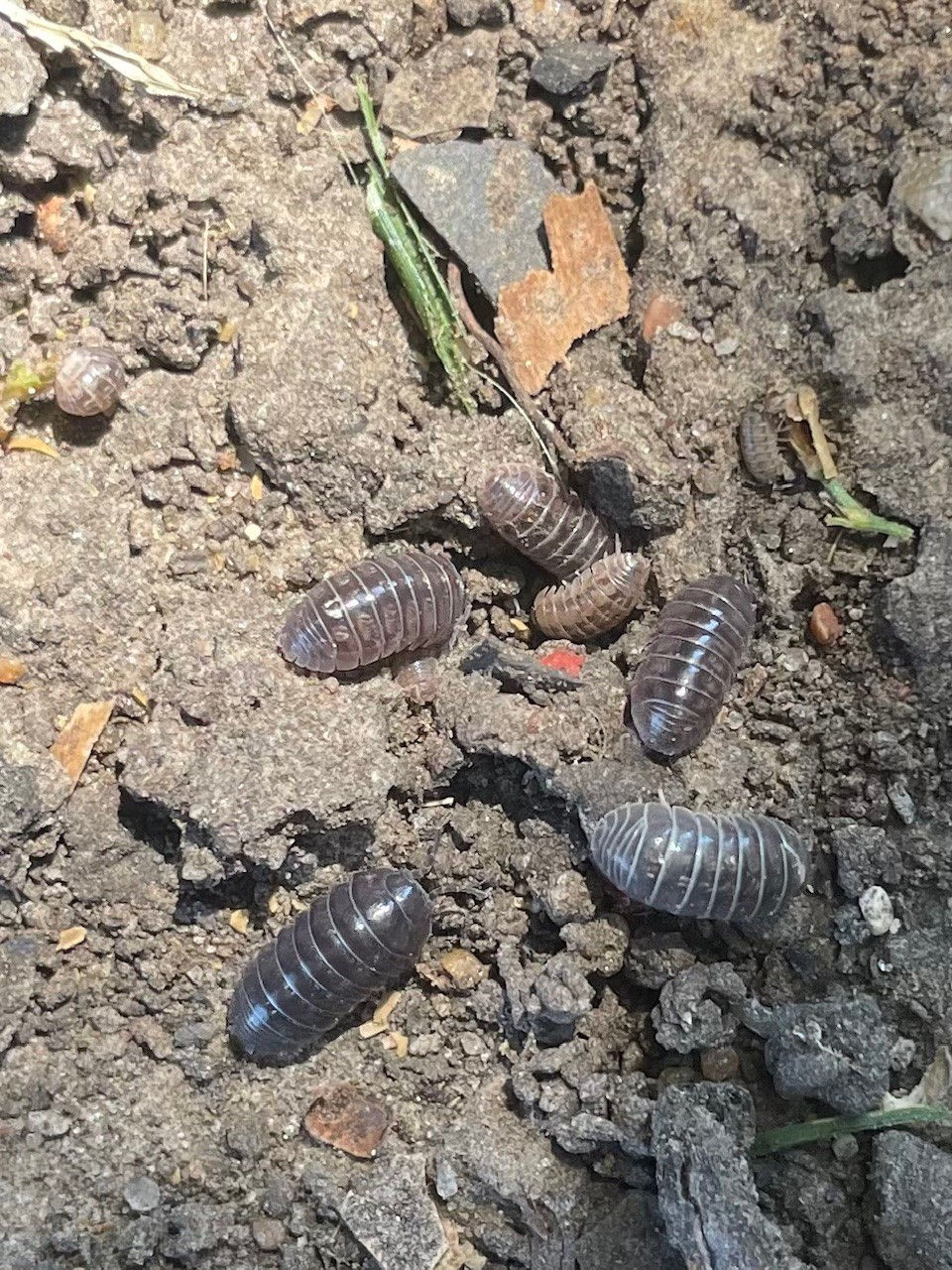Pillbug Damage and Management in Soybean
October 14, 2024
Japanese beetles, grasshoppers, and bean leaf beetles come to mind when one mentions soybean pests. More recently, pillbugs, in some areas, can be added to that list.
Pillbugs (Armadillidium vulgare), also known as roly-polies or woodlice, have become a notable concern for soybean growers, particularly in no-till systems (Figure 1). These terrestrial crustaceans thrive in moist environments with ample crop residue, making certain fields more susceptible to their damage. While pillbugs are not new to agriculture, their impact on soybean crops has garnered increased attention in recent years.

Pillbugs primarily cause damage to soybeans during the early stages of plant development. They feed on the hypocotyl which can lead to plant death if the feeding is severe (Figure 2). This damage is often observed shortly after the plants emerge, and economical feeding may necessitate replanting parts of the field.1

Effective management of pillbugs in soybean fields involves a combination of cultural practices and chemical treatments. Strategies to consider include:
- Residue Management: Reducing crop residue on the soil surface can make the environment less favorable for pillbugs. However, this may not be feasible in no-till systems where residue is essential for soil health.2
- Insecticide Use: Applying insecticides as seed treatments or foliar applications can help manage pillbug populations. Systemic neonicotinoids, for example, can cause pillbug mortality, but sufficient ingestion of the toxin is necessary to reduce damage.1
- Planting Strategies: Adjusting planting times or increasing plant populations can help mitigate the impact of pillbugs. Planting earlier or later than usual can avoid peak pillbug activity periods.3 Additionally, higher plant populations can reduce the need for replanting by compensating for early losses.4
- Pillbug management in soybean requires a multifaceted approach, and in the end, replanting may still be required.
Channel Agronomist
Andrew Swanson
Sources
1McMechan, J., Peterson, J., Mueller, N., 2024. Pillbugs causing injury to soybean crops in Nebraska,CROPWATCH.University of Nebraska. https://cropwatch.unl.edu/2024/pillbugs-causing-injury-soybean-crops-nebraska
2Simmons, N. 2024. Dealing with pill bugs in no-till soybeans. Crop Quest, https://www.cropquest.com/pill-bugs/
3Whitworth, R.J., Sloderbeck, P., Davis, H., and Norton, A. 2022. Pillbugs. Kansas Crop Pests. K-State Research and Extension. Kansas State University. https://bookstore.ksre.ksu.edu/download/pillbugs-kansas-crop-pests_MF2855
4Johnson, W.A., Alfaress, S., Whitworth, R.J., and McCornack, B.P. 2013. Integrated pest management strategies for pillbug (Isopoda: Armadillidiidae) in soybean. Crop Management doi:10.1094/CM-201-06-01-RS. American Society of Agronomy. Wiley Online Library. https://doi.org/10.1094/CM-2012-0165-01-RS
Web Sources verified 8/27/24 1110_442933